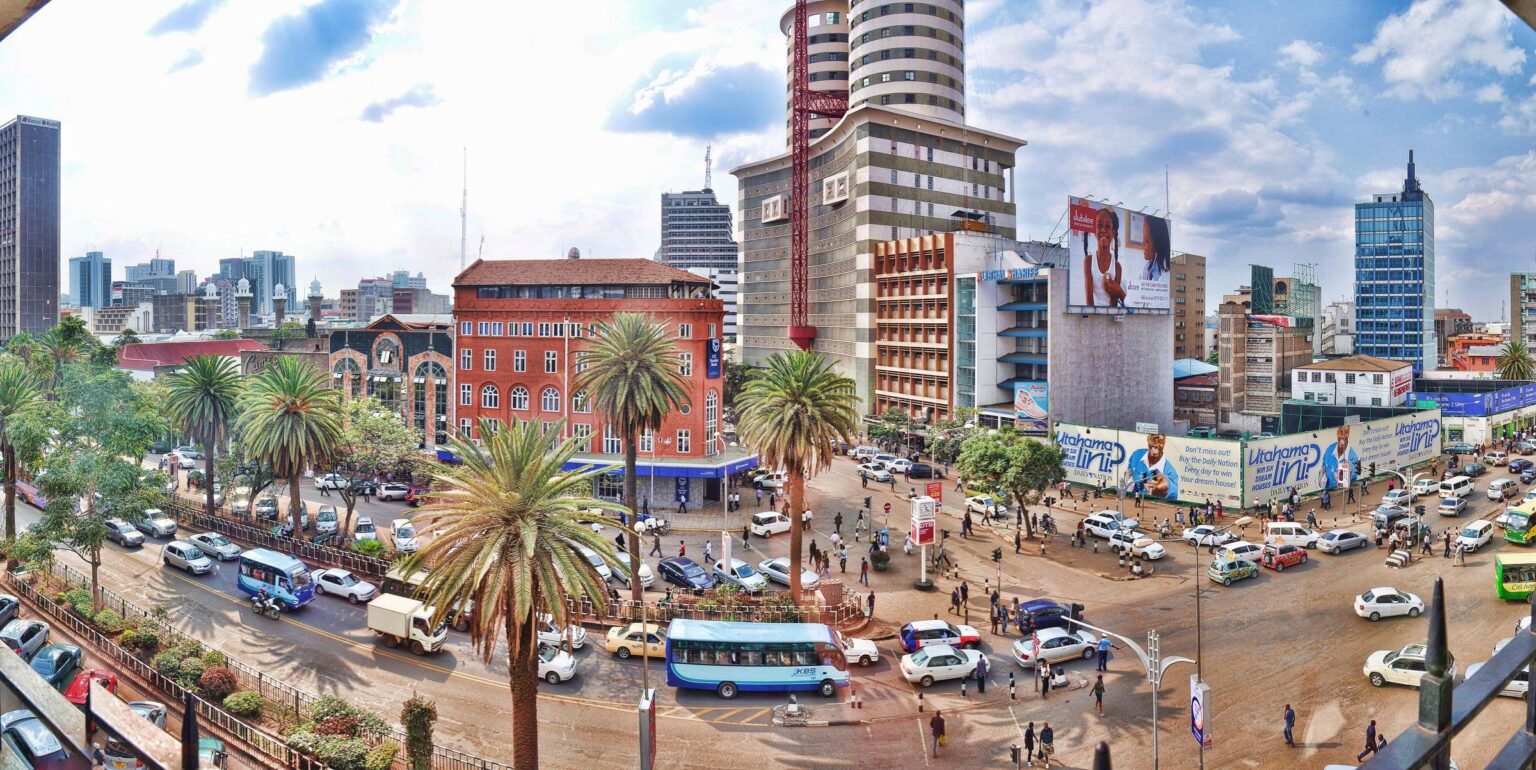- Kenya’s GDP, powered by broad-based growth in services and industry, increased by 6 per cent year-over-year in the first half of 2022
- The agricultural sector’s performed poorer, with a 1.5 per cent contraction in the first half of 2022
- Kenya’s medium-term growth prospects remain favourable, with GDP expected to expand by an average of 5.2 per cent in 2023–2024
Kenya’s gross domestic product (GDP), powered by broad-based growth in services and industry, increased by 6 per cent year-over-year in the first half of 2022.
The post-COVID -19 recovery was hampered by fluctuations in global commodity prices, a protracted drought in the country, and apprehension over the general elections in 2022.
According to the 26th issue of the Kenya Economic Update (KEU), households throughout the nation have been impacted by the drought and rising living expenses.
Due to the agriculture sector’s poor performance, which resulted in a 1.5 per cent contraction in the first half of 2022, and its contribution to approximately one-fifth of GDP, growth was slowed by 0.3 per cent.
In rural areas, where more than half of households lowered their food consumption in June 2022, a recent fast-response phone poll that tracks the impact of shocks on households reveals a surge in food insecurity.
Most households indicated that the cost of basic foods had increased, and many had trouble getting basic staples like beans and maize.
The Central Bank of Kenya (CBK) has increased the policy rate three times since May 2022 by a total of 175 basis points to reach 8.75 per cent in response to inflationary concerns.
“Kenya can further leverage the agricultural sector to stimulate growth, poverty reduction, and food security. Kenya will be better fed during droughts if food resilience is increased through community interventions in arid and semi-arid territories and farmer groups are supported to join sustainable value chains,” the World Bank’s Country Director for Kenya, Keith Hansen, said.
Despite recent internal and global shocks, Kenya’s medium-term growth prospects remain favourable, with GDP expected to expand by an average of 5.2 per cent in 2023–2024.
The baseline makes several assumptions, including a strong expansion of private sector financing, ongoing low COVID-19 infection rates, a short-term recovery in agricultural productivity, and high commodity prices that are advantageous for Kenyan exports.
Over the longer run, it is anticipated that these changes will, in turn spur private investment.
Naomi Mathenge, senior economist for Kenya at the World Bank, stated that “private sector-led growth is important to job creation and a consistent increase in household living standards over time.”
Through income initiatives and spending restraint, the government lowered the budget deficit in fiscal year (FY) 2021/22 from 8.2 per cent to 6.2 per cent.
Total revenue climbed from 15.7 per cent of GDP in FY2020/21 to 17.3 per cent of GDP in FY2021/22 due to an improvement in domestic demand, several tax reforms, better tax administration, and the use of technology.
A decrease in tax expenditures has been achieved through the harmonisation of exemptions.
Additionally, voluntary disclosure programmes for previously unreported taxes have improved compliance and made using the Kenya Revenue Authority (KRA) web system simpler.
The debt-to-GDP ratio was stabilised at roughly 67.3% in FY21/22 thanks to the decrease in the budget deficit, underscoring the need for fiscal consolidation.
The study acknowledges that some of the current issues facing the government include adjusting to shocks brought on by the rising cost of living and climate change while operating within a finite fiscal space.
At the household, producer, and national levels, the KEU advises prioritising policy alternatives that boost resilience and production.
This edition’s special emphasis section explores policy priorities to drive productivity gains in agriculture, where many Kenyans still work, to promote economic transformation and job growth through the digital economy, and to ensure support for the most vulnerable households.
Climate change and potential solutions
On the 2021 GCRI, Kenya was ranked 25. Arid and semi-arid conditions across more than 84 per cent of its territory make it vulnerable to severe weather, including flood, locust invasion, and drought, all of which have forced communities to relocate and exacerbated social tensions.
An average drought impacts the livelihoods of more than 80 per cent of the population, causes a food shortfall of 20–30 per cent, and reduces GDP growth by 3–5 per cent.
Kenya has implemented policies and frameworks to address climate change in accordance with its Vision 2030. To meet the COP26 emission reduction targets, which are expected to cost US$64.9 billion between 2021 and 2030, it amended its NDC to 32 per cent in 2021 and put mitigation and adaptation measures in place.
Read: Kenya: Millions of Kenyans in drought hit counties to receive government relief
